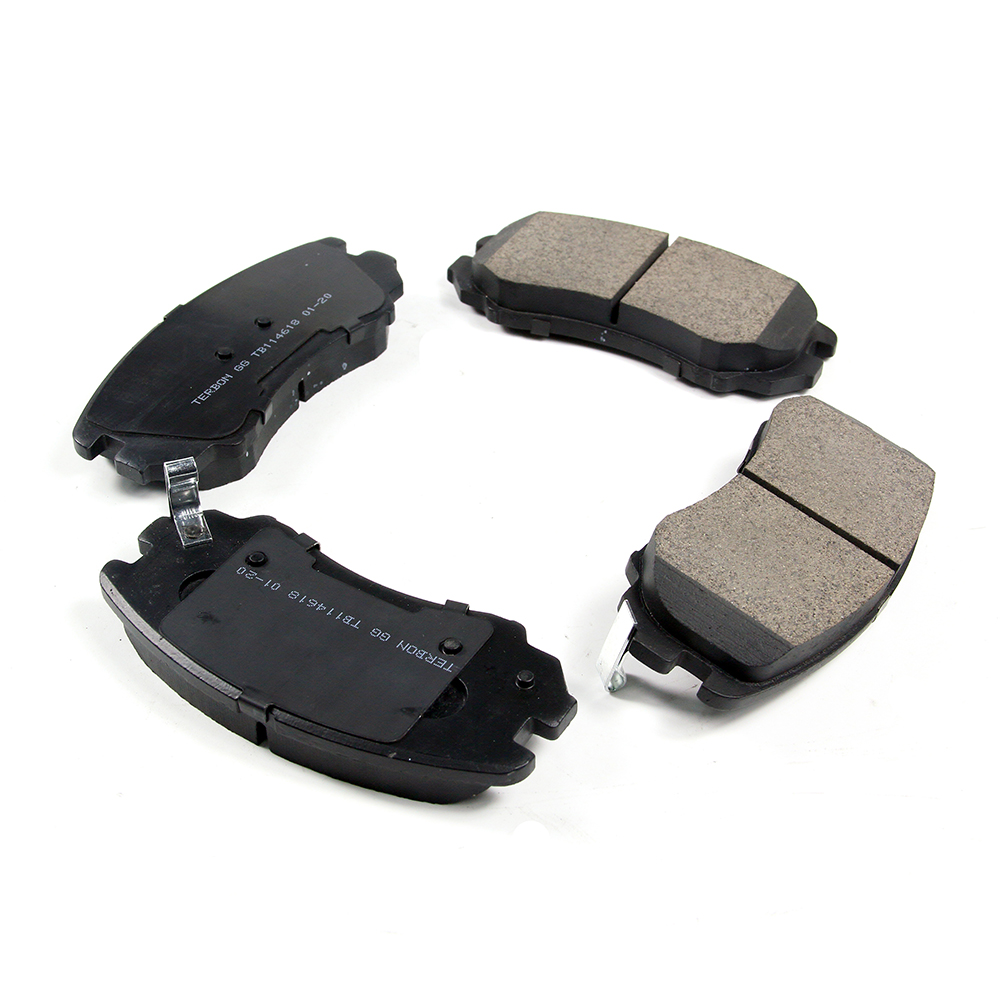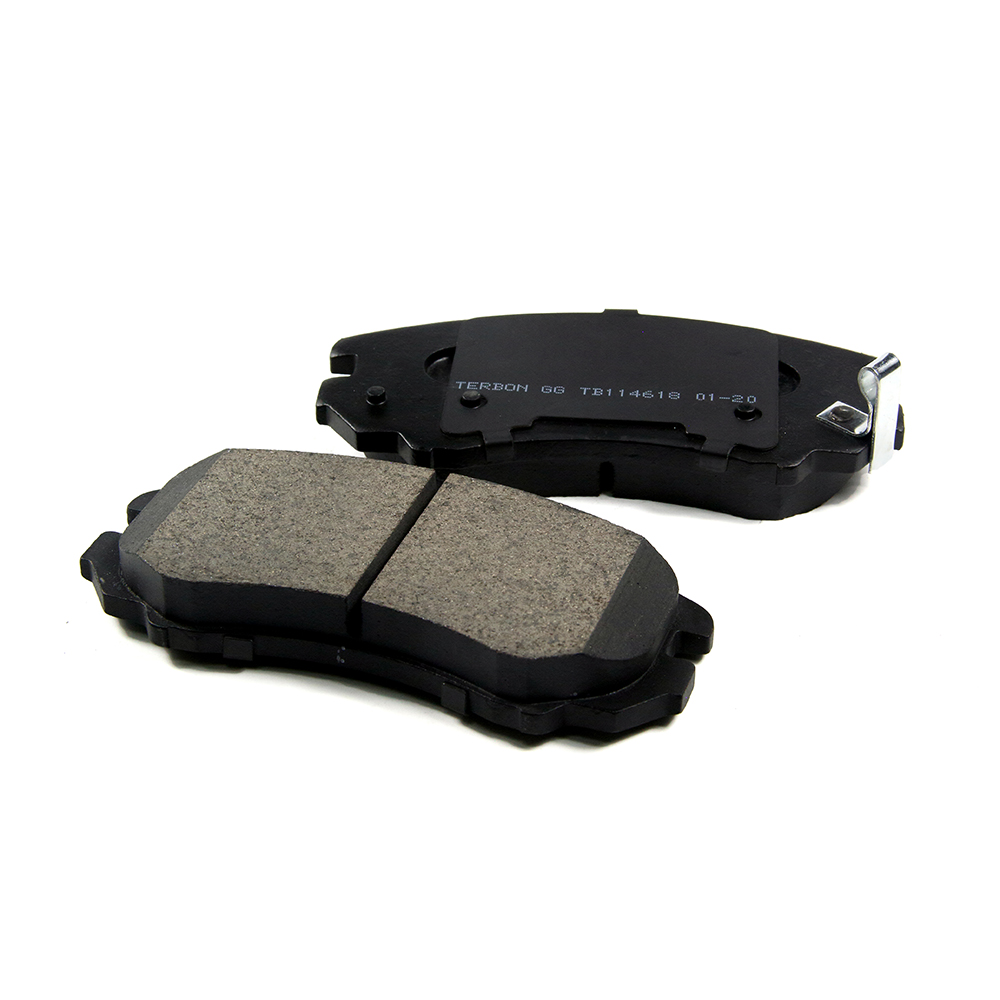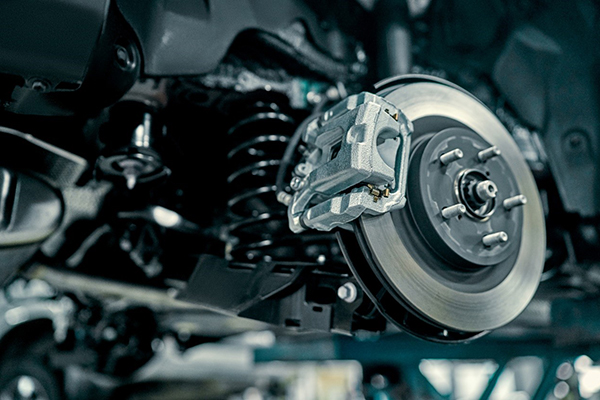See here to operate
Are you wondering if you can change the brake pads on your car yourself? The answer is yes, it is possible. However, before you begin, you should understand the different types of brake pads on offer and how to choose the right brake pads for your car.
Brake pads are an essential component of your car's braking system. They are the part of the system that comes into contact with the brake rotor, generating friction and slowing the vehicle down. Over time, brake pads can wear out and need to be replaced.


There are two basic types of brake pads: organic and metallic. Organic brake pads are made from materials such as rubber, Kevlar, and fiberglass. They are typically quieter and generate less brake dust than metallic pads. However, they wear out faster and may not perform as well under high-stress driving conditions.
Metallic brake pads, on the other hand, are made from steel and other metals that are mixed together and bonded to form a pad. They are more durable and can handle high-stress driving conditions better than organic pads. However, they can be noisier, generate more brake dust, and wear out rotors more quickly than organic pads.
When choosing brake pads for your car, you should consider your driving style and the type of driving you do. If you drive a lot in stop-and-go traffic or frequently tow heavy loads, metallic brake pads may be a better option. If you prioritize a quieter and cleaner driving experience, organic brake pads may be more suitable for you.
Once you have decided on the type of brake pads you need, you can begin the process of changing them yourself. Here are the general steps you will need to follow:


Step 1: Gather your tools and materials
Before you begin, you will need to gather the necessary tools and materials. You will need a lug wrench, a jack, jack stands, a C-clamp, a wire brush, and your new brake pads. You may also want to have some brake cleaner and anti-squeal compound on hand.
Step 2: Lift the car and remove the wheel
Using the lug wrench, loosen the lug nuts on the wheel you will be working on. Then, using the jack, lift the car off the ground and support it with jack stands. Finally, remove the wheel by taking off the lug nuts and pulling the wheel off the hub.
Step 3: Remove the old brake pads
Using the C-clamp, compress the piston in the brake caliper to create some space for the new brake pads. Then, using a screwdriver or pliers, remove the retaining clips or pins that hold the brake pads in place. Once the old pads are removed, use a wire brush to clean any debris or rust from the caliper and rotor.
Step 4: Install the new brake pads
Slide the new brake pads into place and replace any retaining hardware that you removed in the previous step. Make sure the pads are seated properly and secure.
Step 5: Reassemble and test the braking system
Once the new pads are installed, you can reassemble the brake caliper and replace the wheel. Lower the car back onto the ground and tighten the lug nuts. Finally, test the braking system by pressing the brake pedal several times to ensure that the new pads are engaging correctly.
In conclusion, changing your car’s brake pads is a task that you can undertake yourself if you have some basic automotive knowledge and the right tools. However, it’s important to choose the right type of brake pads for your car based on your driving style and the conditions you drive in. Additionally, if you do choose to replace the brake pads yourself, make sure you follow the correct steps and take all necessary safety precautions to avoid injury or damage to your vehicle.
Post time: Mar-17-2023










